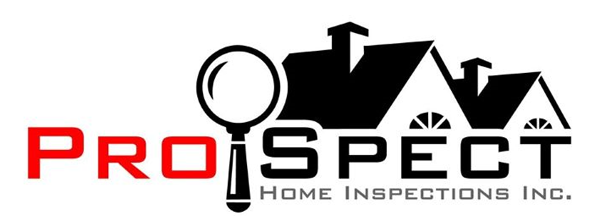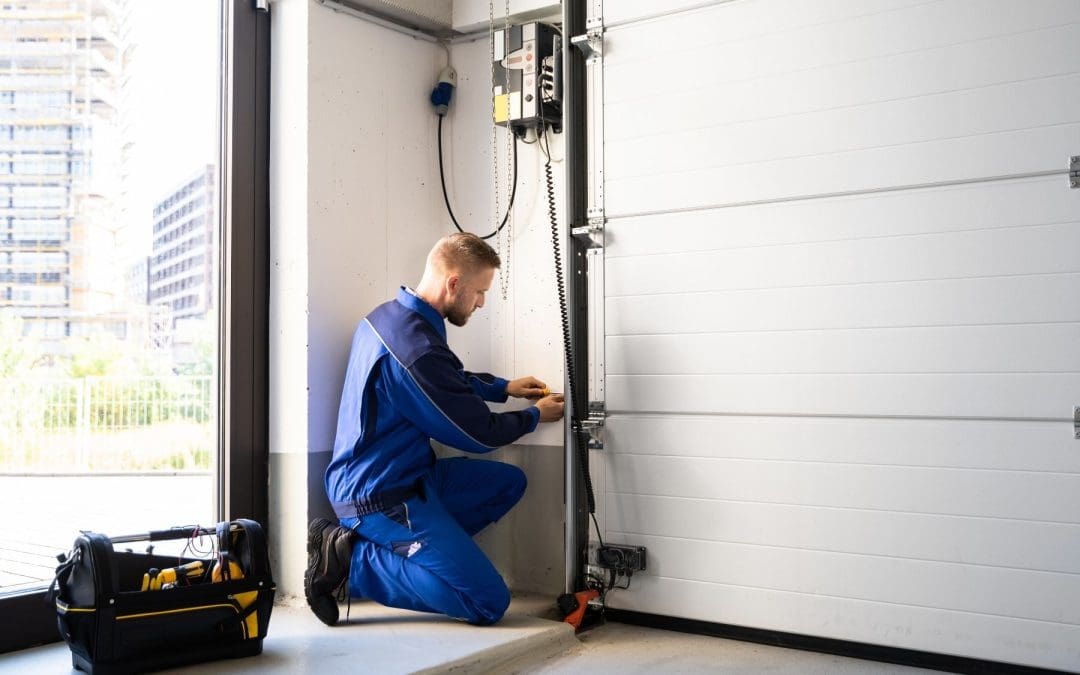Overlooked areas to renovate hold the key to a safe, healthy, and durable home. While renovation excitement typically focuses on high-visibility spaces like kitchens and baths, the most impactful projects often lie in the unsung heroes of the house. These critical spaces protect your family’s health, ensure their safety, and maintain long-term structural integrity. Ignoring these foundational elements can lead to expensive repairs and a less healthy living environment.
Overlooked Areas to Renovate: The Foundation of a Healthy Home
Ignoring the foundational elements of your home can lead to costly structural repairs and, more importantly, create a less healthy living environment. Focusing on these less glamorous spaces is a proactive step toward protecting your investment and your well-being.
The Crawl Space: A Health and Structural Hub
Often out of sight and out of mind, the crawl space is arguably the single most overlooked area that desperately needs attention. It’s where your house meets the earth, making it a prime candidate for moisture intrusion, mold growth, and pest infestation.
A critical renovation here is encapsulation. This process involves lining the floor and walls with a heavy-duty vapor barrier and often adding a dehumidifier. Encapsulation seals the space, dramatically reducing the relative humidity that encourages mold and dust mites. Since about 50% of the air you breathe on the first floor rises from the crawl space (the stack effect), improving this area directly improves your indoor air quality, reducing allergens and potential respiratory irritants. Structural benefits include preventing wood rot in floor joists and subfloors, preserving the home’s integrity, and even improving energy efficiency by keeping damp, cold air out.
The Laundry and Utility Room: More Than Just Appliances
The utility room, housing the furnace, water heater, and washer/dryer, is a functional workhorse, but it poses significant risks if neglected. Proper ventilation is paramount. Lint buildup from dryers is a major fire hazard. The dryer vent pipe should be rigid metal (not flexible vinyl) and kept as short and straight as possible. A renovation here means ensuring the vent is completely sealed and cleaned out regularly, not just at the exterior opening, but along its entire run.
Furthermore, inspect and upgrade the flooring. A catastrophic water heater or washing machine leak can cause tens of thousands of dollars in damage. Renovating this area with water-resistant flooring, such as tile with proper sloping toward a floor drain (if possible), and installing smart leak detection sensors will provide an invaluable layer of protection. This renovation shifts the utility room from a reactive space into a proactive defense against water damage.
The Garage Door System: A Matter of Safety
The garage is often viewed as a storage dumping ground, but the operational safety of the garage door system is a critical, frequently neglected renovation target. A modern garage door is a heavy, complex piece of machinery that relies on high-tension springs. These springs have a limited lifespan and can be extremely dangerous when they fail.
A renovation here isn’t a cosmetic change; it’s a safety overhaul. Have an experienced technician inspect and replace aging springs, cables, and rollers. Ensure the door opener has working safety sensors—the small electric eyes near the floor that prevent the door from closing on an obstruction. If your opener is more than 20 years old, consider upgrading to a modern unit with a rolling code security feature and battery backup, which is essential for safely exiting the home during a power outage.
Attic Ventilation and Insulation: The Home’s Hat
The attic is the buffer between your conditioned living space and the outdoor environment. Proper attic renovation is crucial for energy efficiency and preventing structural damage. Inadequate insulation and poor ventilation create an ice dam risk in winter and cause premature shingle and roof deck aging in summer.
A necessary renovation involves air-sealing any penetrations into the attic floor (around plumbing vents, light fixtures, and electrical wiring) before upgrading the insulation. Air-sealing prevents conditioned air from escaping, making your heating and cooling systems far more effective. Next, ensure there is balanced ventilation—a combination of soffit vents (inflow) and ridge or gable vents (outflow). This airflow keeps the attic temperature close to the outside temperature, extending the life of your roof and preventing moisture condensation.
By dedicating time and budget to these less glamorous but highly functional areas, you are not just renovating; you are investing in the safety, durability, and health of your home for years to come.
Overlooked Areas to Renovate: Frequently Asked Questions
How often should I have my dryer vent professionally cleaned?
For most households, a professional cleaning every one to two years is recommended. If you have a large family or a lengthy vent run, annual cleaning is advisable to minimize fire risk and maintain appliance efficiency.
What is the typical cost range for crawl space encapsulation?
Costs vary widely based on the crawl space size, height, and existing moisture issues. Generally, full encapsulation can range from $5,000 to over $15,000. It is an investment that typically offers a solid return in energy savings and reduced maintenance.
Can I upgrade attic insulation myself?
While possible, professionals are recommended, especially for air-sealing. Improperly installed insulation can actually trap moisture, and a lack of proper air-sealing negates much of the benefit. Additionally, professionals can often ensure compliance with local building codes and safety standards.
Pro Spect Home Inspections offers inspection services in Citrus, Hernando, Polk, Pasco, Hillsborough, and Pinellas counties. Contact us to request an appointment.

